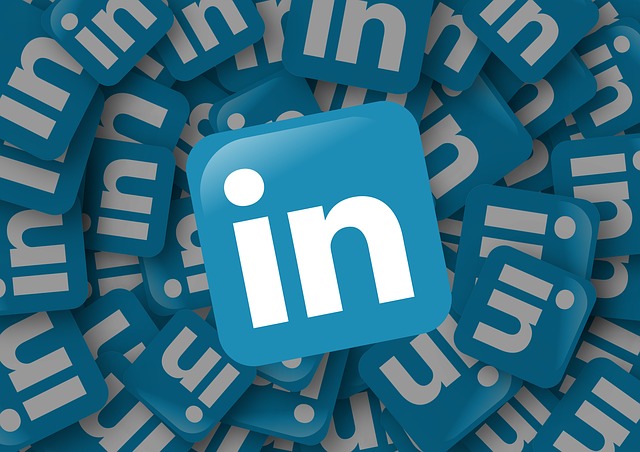With hundreds of millions of member, and many key decision makers at their organization, LinkedIn is essential for networking and sharing your nonprofit’s message with journalists, influencers, and potential donors, partners plus employees. Here are 5 ways you should use it:
1. Use your company page:
When someone is doing serious research on you (grantmakers, potential employees, etc.), they will want to see a well done LinkedIn page. It is a great way to show you have a professional nonprofit. Make sure you have a quality description with good keywords and have your employees all say they work there. You can invite volunteers, donors or others to follow your company page as well.
There is a plugin you can use on WordPress called LinkedIn Profile Badge. It is a great way to not only promote your page, but if you have an about us page you can have your employees, board members, etc. profiles all linked on there.
2. Be a player in the news feed:
You can post articles on Pulse, to your personal page, and to your company page. Make sure you use images, add videos and have the right links. Do not schedule it in a buffer, but try to post something professionals would want to know about at least once a week (preferably more). You can advertise on LinkedIn as well, but should be more useful if you have a webinar, book or another type of funnel content to share rather than directly soliciting donations.
3. Have 3-5 groups you have a meaningful presence in:
You can not only make new connections but learn about industry best practices (for nonprofits in general or your nonprofits specific field). You can also be seen as a thought leader. Try getting involved in one in the beginning, always adding a lot of value to the discussion and build from there if you are seeing good results.
This is time-consuming, but if you have the human resources to build and run a group on LinkedIn the rewards can be extraordinary.
4. Expand and keep up with your donor and partner network:
LinkedIn is a great professional way to stay in touch with people professionally. It is not seen as invasive as adding someone you do not know very well as Facebook. Saying congrats on a work anniversary or graduation can go a long way. You can gain quality info on potential donors for your records and see what they are interested in. You could also see that one of your current donors or board members knows a potential donor and could introduce you. You might find a nonprofit in a group that is working on the same type of project and could share resources or ideas.
5. Find employees, board members, and volunteers:
You can not only post your job offerings on LinkedIn, but find able and willing volunteers and board members.
It may not be the best place for social proof (i.e. it may take a lot of work to really grow a page) but because of the professional nature of it, it is critical that you think about LinkedIn in your communications plan. You may not want to commit to it, but at the very least, use it to research foundations, donors and potential employees plus have a good page set up for the company and for you personally.
Block out some time and get it done. To keep at it, you can do something as simple as adding one connection a day and a post a week.

